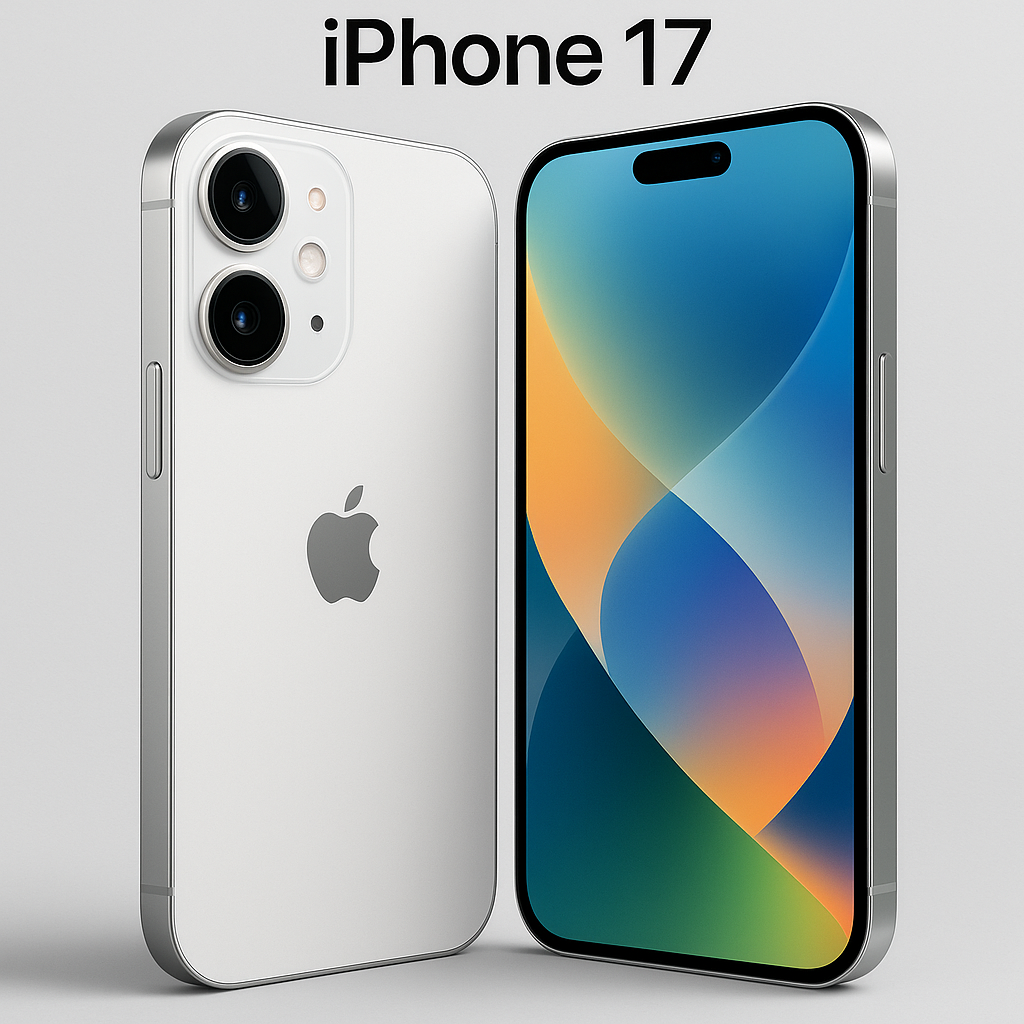Introduction – What This Article Covers
The digital display industry is evolving rapidly, and one critical component leading the innovation is the Back Light Unit (BLU) lens. From smartphones to smart TVs, the clarity and brightness we enjoy today wouldn’t be possible without backlighting enhancements. Among the most talked-about advancements is the back light unit lens technology patent, a game-changer that improves how light is delivered across the screen.
This article explores:
- What back light unit (BLU) lens technology is
- Why this technology matters in display systems
- How BLU lens patents work
- Key benefits and applications
- A step-by-step explanation of the patent mechanism
- Expert insights and common misconceptions
- Answers to frequently asked questions
Let’s dive into the world behind your screens.
What is Back Light Unit (BLU) Lens Technology?
Back Light Unit (BLU) technology is a critical part of LCD (Liquid Crystal Display) systems. Unlike OLED displays, which produce their own light, LCDs require a backlight to illuminate the image. The BLU system includes lenses, light guides, diffusers, and reflectors that direct and manage this light.
The lens component in a BLU is designed to control the direction, spread, and uniformity of light from the source (usually LED arrays) so it appears bright and even across the screen.
In patented BLU lens technologies, companies have developed optical lens designs that enhance:
- Brightness uniformity
- Viewing angle performance
- Energy efficiency
- Slimmer display profiles
This type of innovation is often patented to protect intellectual property in the competitive tech industry.
Why is BLU Lens Technology Important in Modern Displays?
Display technology is no longer just about pixels; it’s also about how light interacts with them. A poorly designed BLU can result in:
- Dark patches on screen
- Uneven brightness
- Narrow viewing angles
- High power consumption
BLU lens technology addresses these challenges by:
- Spreading light uniformly across the panel
- Improving clarity and brightness, even at edges
- Reducing the thickness of display units
- Enhancing energy efficiency through smart optical engineering
This is why patents around BLU lenses are considered high-value intellectual property for major electronics brands like Samsung, LG, and BOE.
Benefits of BLU Lens Technology
The patented back light unit lens technologies deliver multiple advantages:
📱 1. Better Image Quality
The lens ensures uniform brightness, resulting in sharper and more consistent images across the screen.
🌍 2. Wide Viewing Angles
Special lens structures scatter light in ways that maintain color accuracy and contrast even when viewed from the side.
🔋 3. Energy Efficiency
Improved light control means less power is needed for the same brightness — extending battery life in mobile devices and reducing energy use in TVs.
📏 4. Slimmer Devices
By enhancing how light is managed, BLU lens tech allows for thinner display panels, helping design sleeker products.
💡 5. Innovation Protection
With patents in place, companies can protect their research and design, giving them a competitive edge in global markets.
How the BLU Lens Technology Patent Works – Step-by-Step Guide
Understanding this patent requires breaking it into simpler parts. Here’s how the patented BLU lens system typically operates:
✅ Step 1: Understanding Light Diffusion in Displays
In LCD screens, a light source (usually LED) sits at the edge or behind the screen. This light is not naturally even, especially at the edges. Without proper diffusion, some areas will appear brighter than others.
This is where BLU lenses come in.
✅ Step 2: Role of Lenses in Uniform Light Distribution
The patented lens structures are designed to:
- Redirect light toward dimmer areas
- Scatter light at precise angles
- Focus beams to enhance clarity
- Flatten brightness across the full screen
Many patents use micro-lens arrays — thousands of tiny lens domes that bend light with extreme precision.
Some use prismatic or dome-shaped lenses, depending on the type of panel and intended brightness output.
✅ Step 3: Innovation That Led to the Patent
Major patents usually focus on:
- Lens shape optimization (e.g. hemispheric vs rectangular)
- Material innovations (polymers, glass hybrids)
- Arrangement patterns (random, grid, concentric)
- Dual-lens configurations (for complex light direction control)
These innovations often undergo computer simulations and lab testing before being finalized in a patent application. Once granted, these patents grant the owner exclusive usage rights for up to 20 years.
Common Mistakes When Interpreting Patent Technology
Understanding patents can be tricky — here are common errors to avoid:
❌ 1. Confusing Lens Type with Panel Type
People often think the patent is for the display itself. It’s just for the lens system inside the BLU.
❌ 2. Assuming One Patent Covers All Uses
Many companies hold multiple overlapping patents. A single patent might only apply to specific sizes, angles, or lens shapes.
❌ 3. Ignoring Material Details
Most patents also protect material composition, not just shape — for instance, using light-enhancing polymers instead of traditional plastics.
Expert Tips on Understanding Display Patents
Here’s how professionals approach BLU lens patent technology:
🔍 1. Read the Patent Abstract Carefully
It usually explains the core purpose in simple language.
🧠 2. Look for Claims Section
This is where the legal boundaries of the innovation are listed — what exactly is protected and what isn’t.
📐 3. Understand the Drawings
Technical illustrations show how the lens is positioned, its shape, and angle of light distribution.
📂 4. Use Patent Databases
Tools like Google Patents or USPTO allow you to view full documents and filing history.
FAQs – Frequently Asked Questions
❓ What is a back light unit (BLU) in displays?
A BLU is the part of an LCD screen that provides illumination from behind using LED lights, lenses, and diffusers.
❓ How does a BLU lens improve display performance?
It controls the direction and uniformity of light, improving brightness, clarity, and energy efficiency.
❓ Who owns major BLU lens technology patents?
Companies like Samsung, LG Display, BOE Technology, and Sharp hold many of the top BLU lens patents.
❓ Are all BLU lenses the same?
No — different shapes, materials, and configurations result in different performance levels, and many are patent protected.
❓ Can I use patented BLU lens tech in my product?
Only if the patent has expired, is licensed to you, or is not applicable in your country. Unauthorized use can lead to legal penalties.
Conclusion – Final Thoughts
The back light unit lens technology patent is one of the silent drivers behind the sharp, bright displays we interact with daily. Though most users don’t realize it, advanced lens systems play a vital role in how light behaves inside screens — affecting everything from power usage to visual clarity.
Understanding this patent landscape is crucial for manufacturers, designers, and even tech-savvy consumers. As the world moves toward lighter, sharper, and more energy-efficient devices, BLU lens technology will continue to shape the future of displays.







Leave a Reply